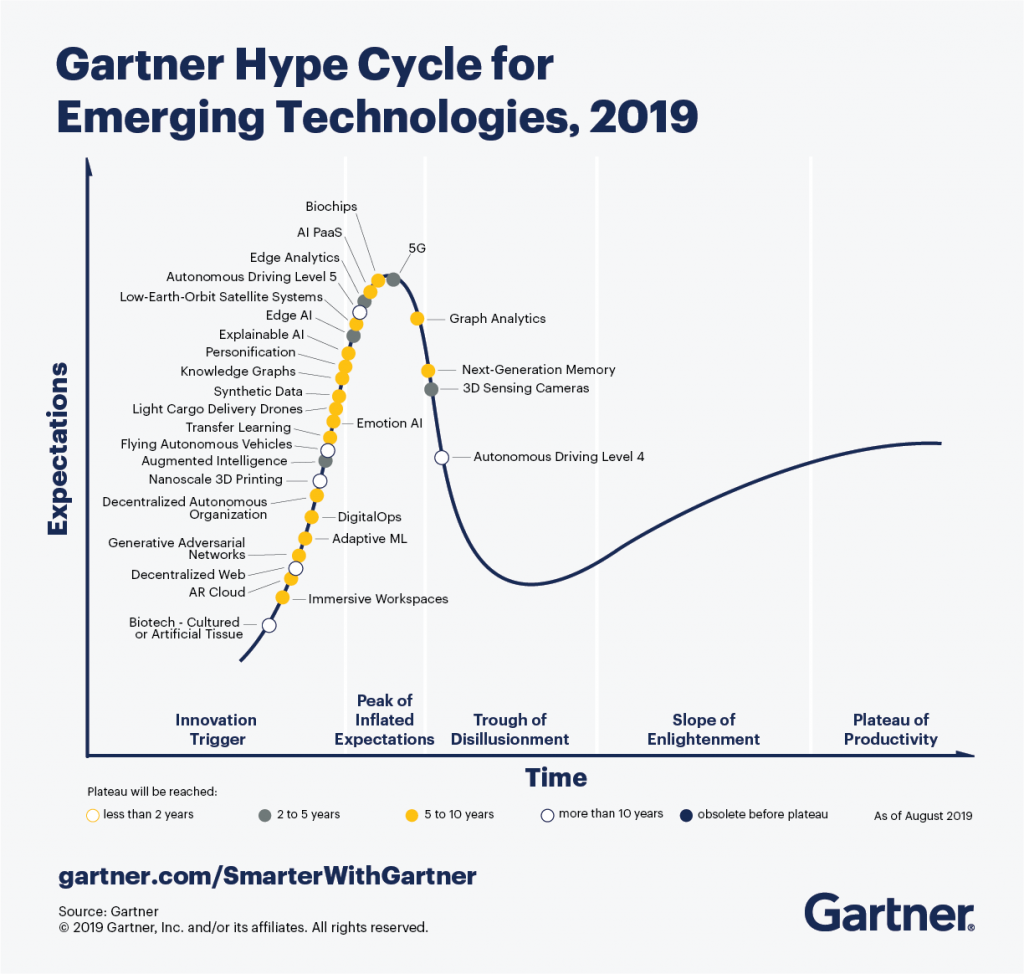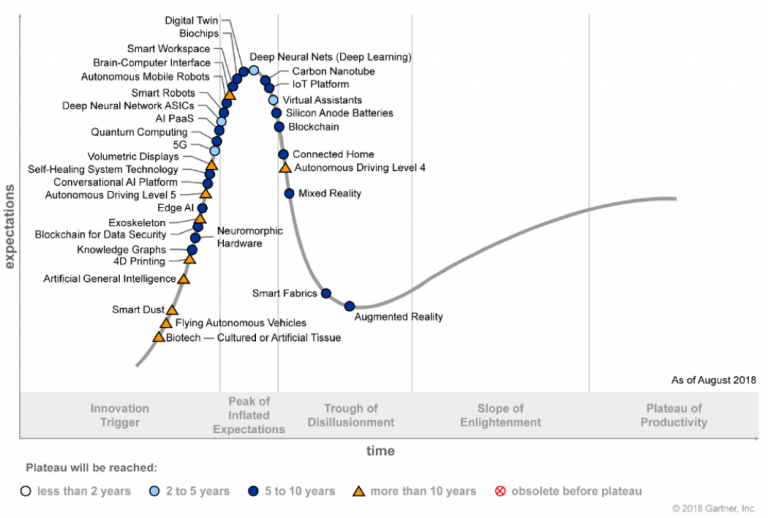

It leverages internal and external data to inform public policy development, optimize government processes and improve real-time decision-making.ĭocument-centric identity proofing (DCIP), also called “ID plus selfie,” aims to verify an identity claim in a transaction through a combination of activities.ĭigital ethics comprises the systems of values and moral principles for the conduct of electronic interactions among people, organizations and things. Predictive analytics in government is the use of data mining and modeling techniques to achieve mission outcomes. It encompasses organizational responsibilities and practices that ensure positive, accountable AI development and operation. Responsible AI is an umbrella term for aspects of making appropriate business and ethical choices when adopting AI. VAs use natural language processing, prediction models, recommendations and personalization to interact with people via voice or text.ĭigital experience platforms represent an integrated and cohesive set of core technologies to compose, manage, deliver and optimize contextualized digital experiences.Ĭustomer journey analytics is the process of tracking and analyzing customers’ and prospects’ interactions with an organization across multiple channels. Virtual assistants (VAs) help users with tasks previously handled by humans. Innovation profiles such as inclusive design and digital ethics highlight the need to account for the intended and unintended outcomes of technology adoption.Ĭritical technologies include the following:Ĭhatbots are domain-specific or task-specific conversational interfaces that use an app, messaging platform, social network or chat solution for conversations.

At present, this includes chatbots, virtual assistants, digital experience platforms, identity proofing, advanced applications of analytics and artificial intelligence, and privacy-enhancing technologies. Gartner disclaims all warranties, expressed or implied, with respect to this research, including any warranties of merchantability or fitness for a particular purpose.The center to right parts of this Hype Cycle define technologies and practices that are becoming suitable for mainstream adoption and scaling. Gartner research publications consist of the opinions of Gartner’s research organization and should not be construed as statements of fact. Gartner does not endorse any vendor, product or service depicted in its research publications, and does not advise technology users to select only those vendors with the highest ratings or other designation. and/or its affiliates in the U:S and internationally, and is used herein with permission. GARTNER and Hype Cycle is registered trademarks and service mark of Gartner, Inc. The Gartner document is available upon request from Promon. as part of a larger research document and should be evaluated in the context of the entire document. This graphic was published by Gartner, Inc. Gartner Hype Cycle for Application Security, 2022, Joerg Fritsch, 11 July 2022. They should focus on orchestrating multiple application security innovations to serve as a coherent defense, rather than relying on a set of stand-alone products.” Gartner “Security and risk management leaders need to adopt a composable view of application security. The business impact of adopting application shielding to secure your app.



 0 kommentar(er)
0 kommentar(er)
